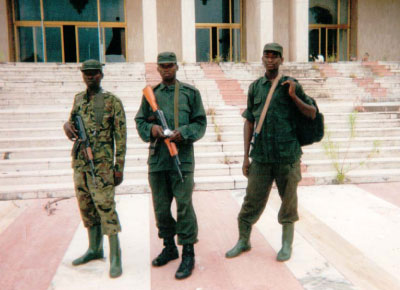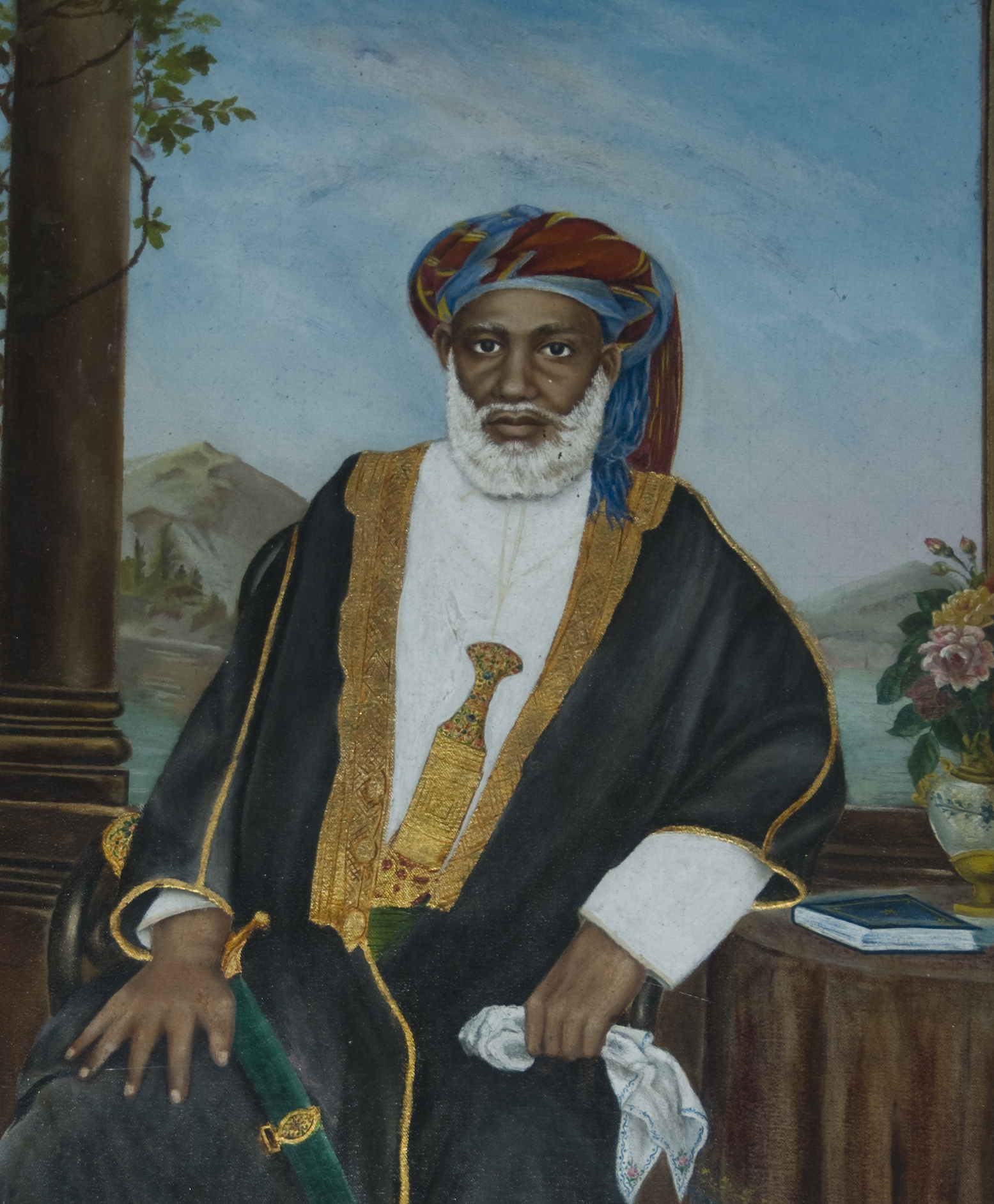|
Lega People
The Lega people (or Warega) are a Bantu peoples, Bantu ethnic group of the Democratic Republic of the Congo. In 1998 their population was about 250,000. Location By the 1970s Lega people were mostly living in the middle and upper Elila River, Elila valley and the upper Ulindi River valley. These rivers both rise in the east of South Kivu and flow in a northwesterly direction through Maniema, joining the Lualaba downstream from Kindu. The upper Ulindi valley has a richly diverse fauna, including many monkey species, chimpanzees, leopards, buffaloes, elephants and antelopes. The valley is administratively divided into the Mwenga Territory, Mwenga and Shabunda Territory, Shabunda territories of South Kivu Province and the Pangi Territory of Maniema Province. The territory is covered by deep rain forest; in the east, rugged mountains rise to or more. The climate is hot and humid year round. Average temperature is to . Annual rainfall is to . The mountains hold areas of moist woo ... [...More Info...] [...Related Items...] OR: [Wikipedia] [Google] [Baidu] |
Logo People
The Logo people or Logoa (plural) are an ethnic group of Nilotic peoples, Nilotic origin who live predominantly in the north-east of the Democratic Republic of the Congo as well as parts of western Uganda and southern South Sudan. There are believed to be more than 200,000 people who identify as ethnically Logo of whom most live in the Congo's Faradje Territory, a remote region in Haut-Uélé, Haut-Uélé Province, where they form the ethnic majority. Logo people also live in Watsa Territory, Watsa and Aba, Democratic Republic of the Congo, Aba, both also in Haut-Uélé, and in Yei, South Sudan, Yei in South Sudan. The ethnic group is traditionally associated with the Logo language, known as ''Logoti'', from the Nilo-Saharan languages, Nilo-Saharan family. The language has an estimated 210,000 speakers. A further 100,000 speak the related dialect known as ''Ogambi''. Logoti is similar in derivation to the Nilotic Kaliko language, Kaliko, Bari language, Bari, and Lugbara languages ... [...More Info...] [...Related Items...] OR: [Wikipedia] [Google] [Baidu] |
Moral Authority
Moral authority is authority premised on principles, or fundamental truths, which are independent of written, or positive laws. As such, moral authority necessitates the existence of and adherence to truth. Because truth does not change the principles of moral authority are immutable or unchangeable, although as applied to individual circumstances the dictates of moral authority for action may vary due to the exigencies of human life. These principles, which can be of metaphysical or religious nature, are considered normative for behavior, whether they are or are not also embodied in written laws, and even if the community is ignoring or violating them. Therefore, the authoritativeness or force of moral authority is applied to the conscience of each individual, who is free to act according to or against its dictates. Moral authority has thus also been defined as the "fundamental assumptions that guide our perceptions of the world". An individual or a body of people who are seen as c ... [...More Info...] [...Related Items...] OR: [Wikipedia] [Google] [Baidu] |
Laurent-Désiré Kabila
Laurent-Désiré Kabila (; 27 November 1939 – 16 January 2001) usually known as Laurent Kabila or Kabila the Father (American English, US: ), was a Congolese rebel and politician who served as the third president of the Democratic Republic of the Congo from 1997 until Assassination of Laurent-Désiré Kabila, his assassination in 2001. Kabila initially gained prominence as an opponent of Mobutu Sese Seko during the Congo Crisis (1960–1965). He took part in the Simba rebellion and led the Communist-aligned Maquis of Fizi, Fizi rebel Secession, breakaway state in eastern Congo from 1967 to 1988 before disappearing from public. In the 1990s, Kabila re-emerged as leader of the Alliance of Democratic Forces for the Liberation of Congo (ADFL), a Rwandan and Ugandan-sponsored rebel group that invaded Zaire and overthrew Mobutu during the First Congo War from 1996 to 1997. Following the war, Kabila became the new president of the country, whose name was changed back to the Democratic ... [...More Info...] [...Related Items...] OR: [Wikipedia] [Google] [Baidu] |
Second Congo War
The Second Congo War, also known as Africa's World War or the Great War of Africa, was a major conflict that began on 2 August 1998, in the Democratic Republic of the Congo, just over a year after the First Congo War. The war initially erupted when Congolese president Laurent-Désiré Kabila turned against his former allies from Rwanda and Uganda, who had helped him seize power. The conflict expanded as Kabila rallied a coalition of other countries to his defense. The war drew in nine African nations and approximately 25 armed groups, making it one of the largest wars in African history. Although a peace agreement was signed in 2002, and the war officially ended on 18 July 2003 with the establishment of the Transitional Government of the Democratic Republic of the Congo, violence has persisted in various regions, particularly in the east, through ongoing conflicts such as the Lord's Resistance Army insurgency and the Kivu conflict, Kivu and Ituri conflicts. The Second Congo War ... [...More Info...] [...Related Items...] OR: [Wikipedia] [Google] [Baidu] |
First Congo War
The First Congo War, also known as Africa's First World War, was a Civil war, civil and international military conflict that lasted from 24 October 1996 to 16 May 1997, primarily taking place in Zaire (which was renamed the Democratic Republic of the Congo during the conflict). The war resulted in the overthrow of Zairean President Mobutu Sese Seko, who was replaced by rebel leader Laurent-Désiré Kabila. This conflict, which also involved multiple neighboring countries, set the stage for the Second Congo War (1998–2003) due to tensions between Kabila and his former allies. By 1996, Zaire was in a state of political and economic collapse, exacerbated by long-standing internal strife and the destabilizing effects of the 1994 Rwandan genocide, which had led to the influx of refugees and militant groups into the country. The Zairean government under Mobutu, weakened by years of dictatorship and corruption, was unable to maintain control, and the army had deteriorated significa ... [...More Info...] [...Related Items...] OR: [Wikipedia] [Google] [Baidu] |
Mobutu Sese Seko
Mobutu Sese Seko Kuku Ngbendu wa za Banga ( ; born Joseph-Désiré Mobutu; 14 October 1930 – 7 September 1997), often shortened to Mobutu Sese Seko or Mobutu and also known by his initials MSS, was a Congolese politician and military officer who was the first and only president of Zaire from 1971 to 1997. Previously, Mobutu served as the second president of the Democratic Republic of the Congo from 1965 to 1971. He also served as the fifth chairperson of the Organisation of African Unity from 1967 to 1968. During the Congo Crisis, Mobutu, serving as Chief of Staff of the Army and supported by Belgium and the United States, deposed the democratically elected government of left-wing nationalist Patrice Lumumba in 1960. Mobutu installed a government that arranged for Lumumba's execution in 1961, and continued to lead the country's armed forces until he took power directly in a second coup in 1965. To consolidate his power, he established the Popular Movement of the Revolution as ... [...More Info...] [...Related Items...] OR: [Wikipedia] [Google] [Baidu] |
Republic Of The Congo (Léopoldville)
The Republic of the Congo () was the period of the history of the Democratic Republic of the Congo between 1960 and 1971. Located in Central Africa, the state was created with the independence of the Belgian Congo in 1960. From 1960 to 1966, the country was also known as Congo-Léopoldville (after its capital) to distinguish it from its northwestern neighbor, which is also called the Republic of the Congo, alternatively known as "Congo-Brazzaville". In 1964, the state's official name was changed to the Democratic Republic of the Congo'','' but the two countries continued to be distinguished by their capitals; with the renaming of Léopoldville as Kinshasa in 1966, it became also known as Congo-Kinshasa. After Mobutu Sese Seko, Joseph Désiré Mobutu, commander-in-chief of the national army, Congo Crisis, seized control of the government in 1965, the Democratic Republic of the Congo became the Zaire, Republic of Zaire in 1971; but it was reverted back to the Democratic Republic ... [...More Info...] [...Related Items...] OR: [Wikipedia] [Google] [Baidu] |
Belgian Congo
The Belgian Congo (, ; ) was a Belgian colonial empire, Belgian colony in Central Africa from 1908 until independence in 1960 and became the Republic of the Congo (Léopoldville). The former colony adopted its present name, the Democratic Republic of the Congo (DRC), in 1964. Colonization of the Congo Basin, Colonial rule in the Congo began in the late 19th century. Leopold II of the Belgians, King Leopold II of the Belgians attempted to persuade the Federal Government of Belgium, Belgian government to support colonial expansion around the then-largely unexploited Congo Basin. Their ambivalence resulted in Leopold establishing a colony himself. With support from a number of Berlin Conference, Western countries, Leopold achieved international recognition of the Congo Free State in 1885. By the turn of the century, the violence used by Free State officials against indigenous Congolese and a ruthless system of economic exploitation led to intense diplomatic pressure on Belgium to ... [...More Info...] [...Related Items...] OR: [Wikipedia] [Google] [Baidu] |
Shabunda
Shabunda is a town and a territory of South Kivu in the Democratic Republic of the Congo. Shabunda is the largest territory in the province, covering more than 25,000 square kilometres. According to the Humanitarian Exchange Magazine, in 2002 it was "home to over a million people. The administrative centre, Shabunda, is nearly 3,000 km from the capital, Kinshasa. There are no postal services and no radio. Only landing strips keep the territory from being completely cut off". It is possible to access Shabunda by motorbike from Kindu but it is a two day trip. In June 1997 reports surfaced of a massacre of refugees in February that year at a bridge over the Ulindi River just north of the town of Shabunda. The refugees included unarmed civilians and armed Hutu fighters who had been involved in the 1994 massacre of Tutsis in Rwanda. They were attacked by Rwandan Tutsi troops who were fighting with the rebel forces of Laurent Kabila to overthrow the dictator Mobutu Sese Seko. Witnes ... [...More Info...] [...Related Items...] OR: [Wikipedia] [Google] [Baidu] |
Tippu Tip
Tippu Tip, or Tippu Tib (– June 14, 1905), real name Ḥamad ibn Muḥammad ibn Jumʿah ibn Rajab ibn Muḥammad ibn Saʿīd al Murjabī (), was an Afro-Omani ivory and slave owner and trader, explorer, governor and plantation owner. He worked for a succession of sultans of Zanzibar and was the Sultan of Uterera, a short-lived state in Kasongo, Maniema ruled by himself and his son Sefu. Tippu Tip traded in slaves for Zanzibar's clove plantations. As part of the large and lucrative trade, he led many trading expeditions into Central Africa, constructing profitable trading posts deep into the Congo Basin region and thus becoming the best-known slave and ivory trader in Africa, supplying much of the world with ivory from enslaved Africans. Early life Based on descriptions of his age at different points in his life, it is believed that Tippu Tip was born around 1832 in Zanzibar. Tippu Tip's mother, Bint Habib bin Bushir, was a Muscat Arab of the ruling class. His fath ... [...More Info...] [...Related Items...] OR: [Wikipedia] [Google] [Baidu] |





